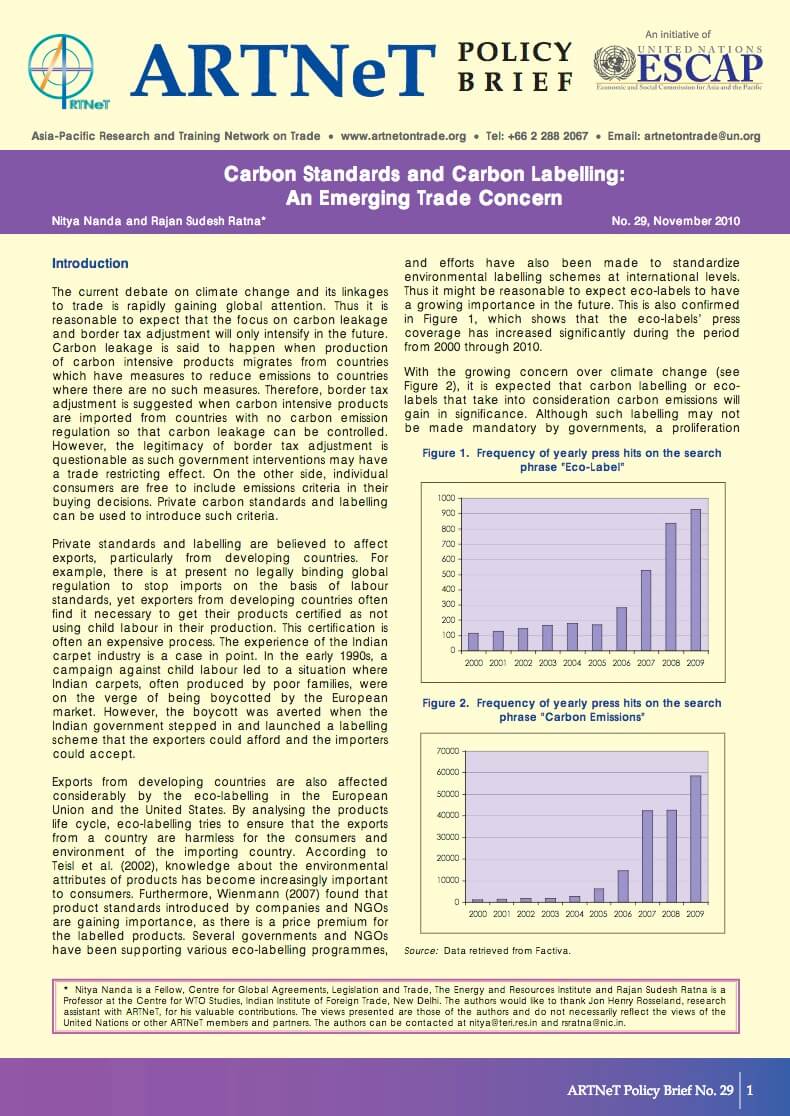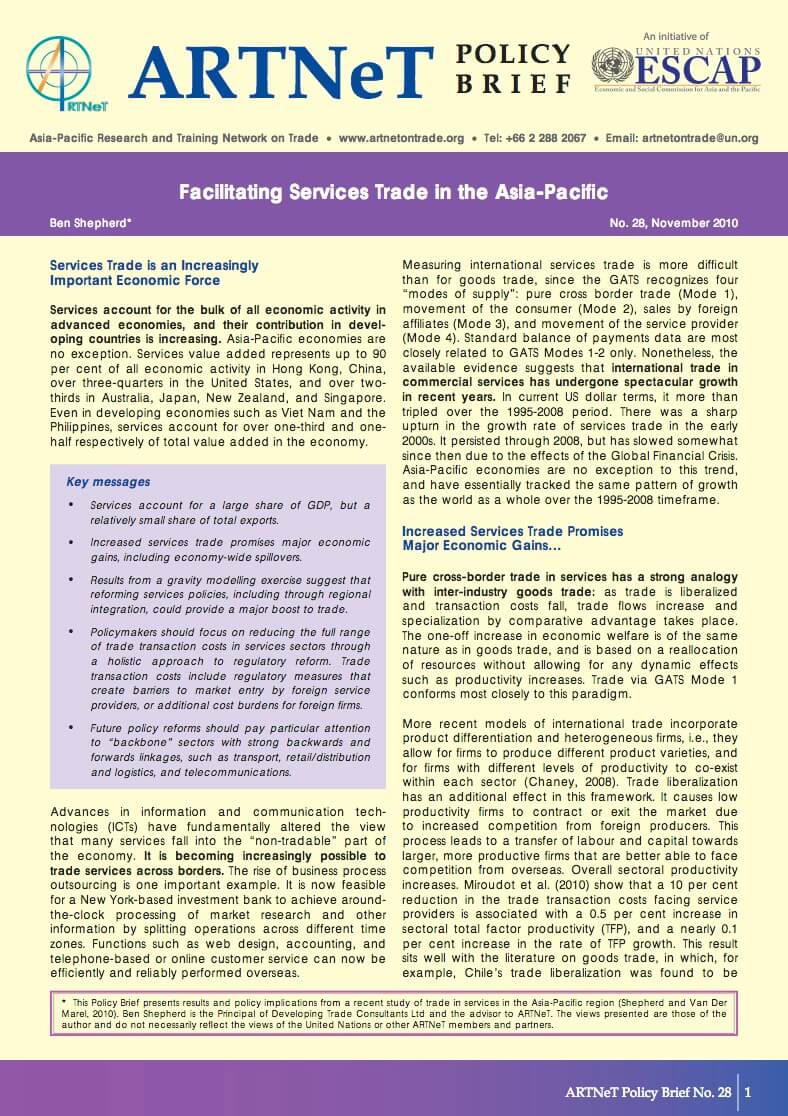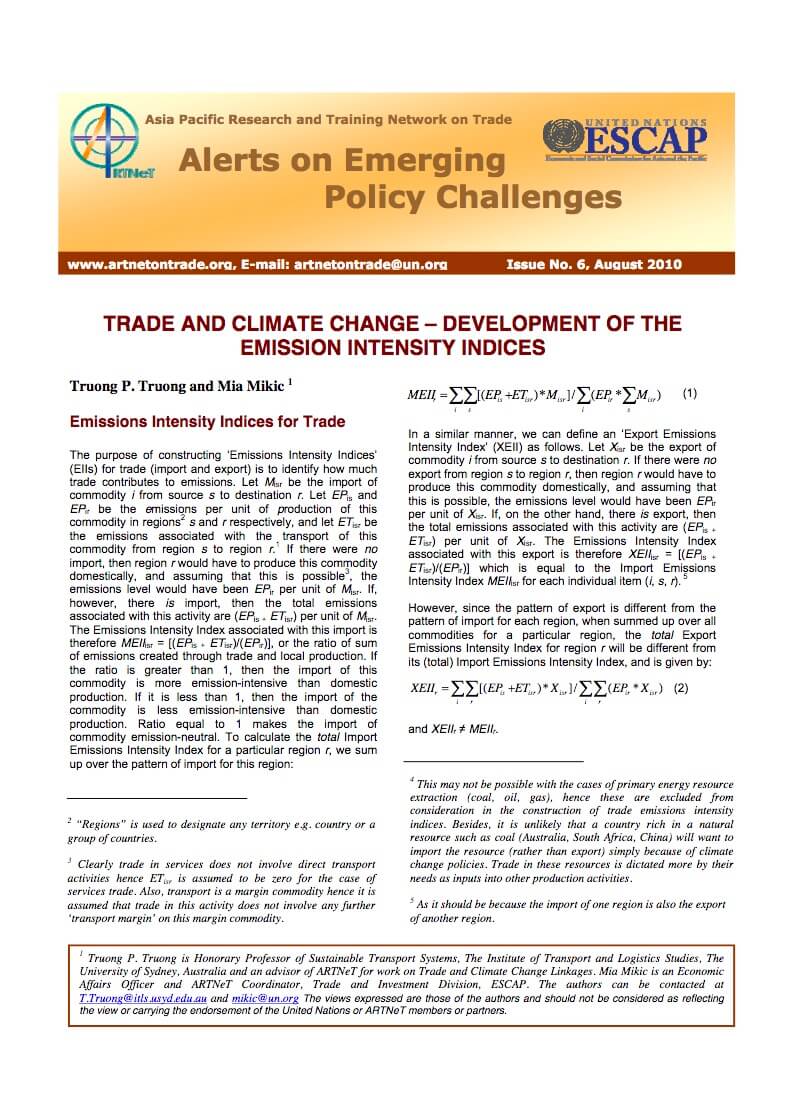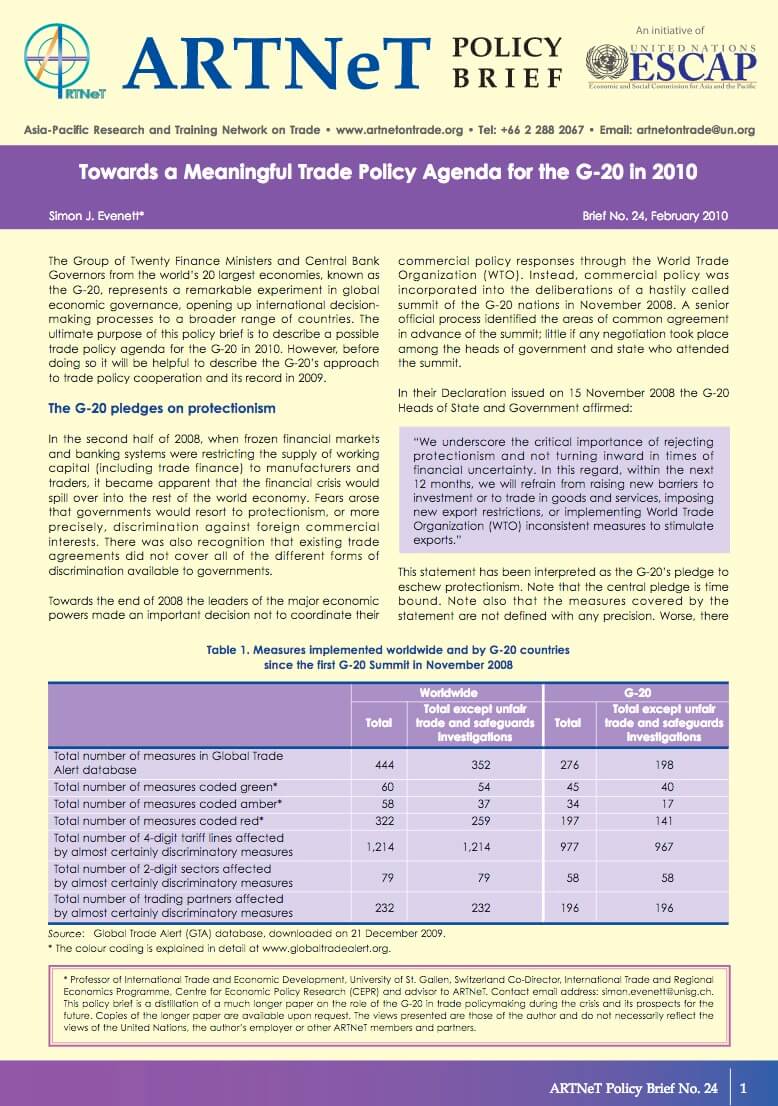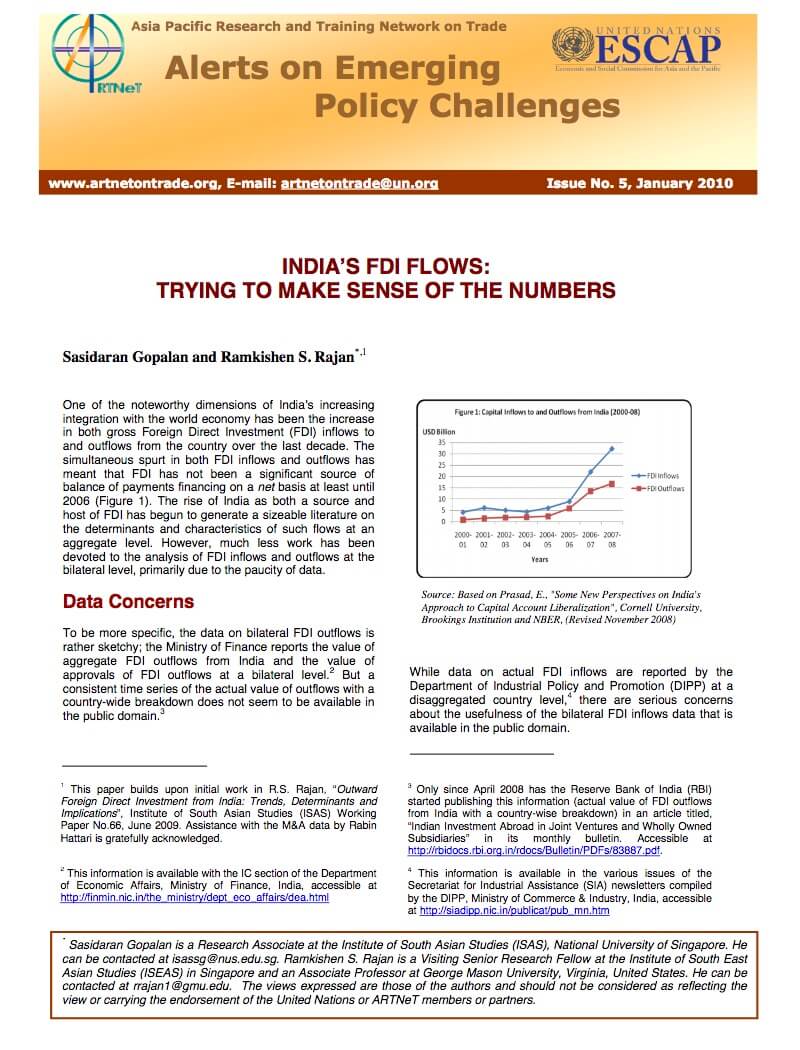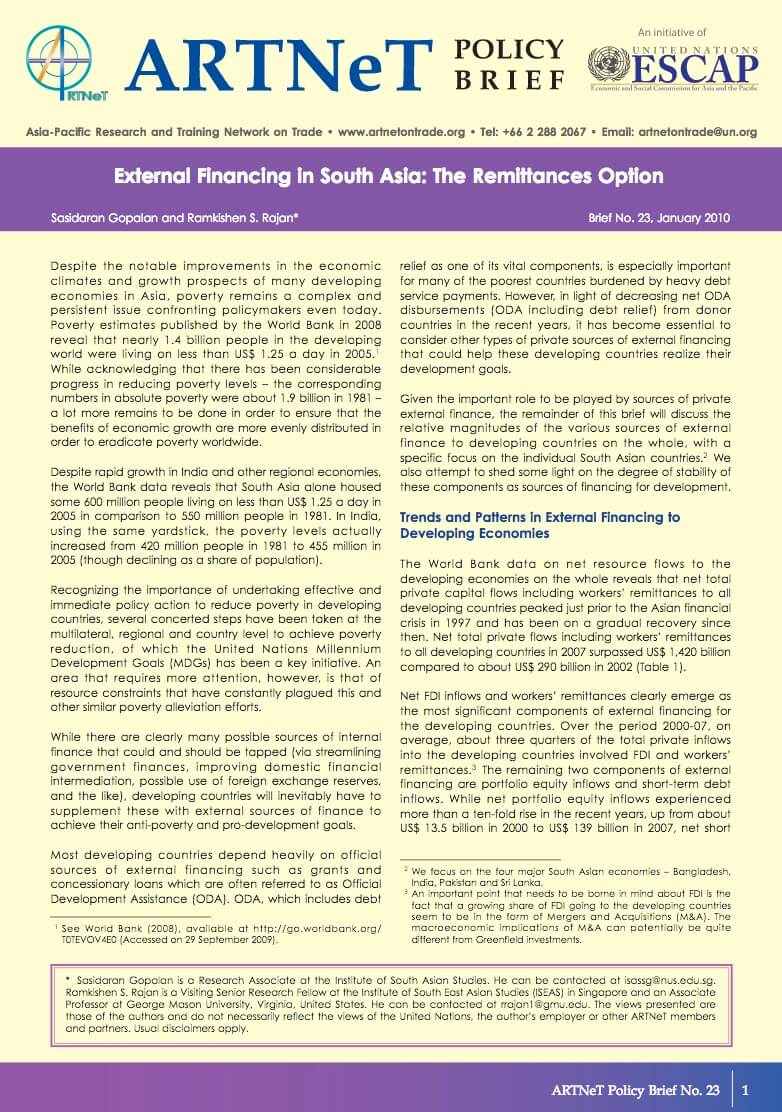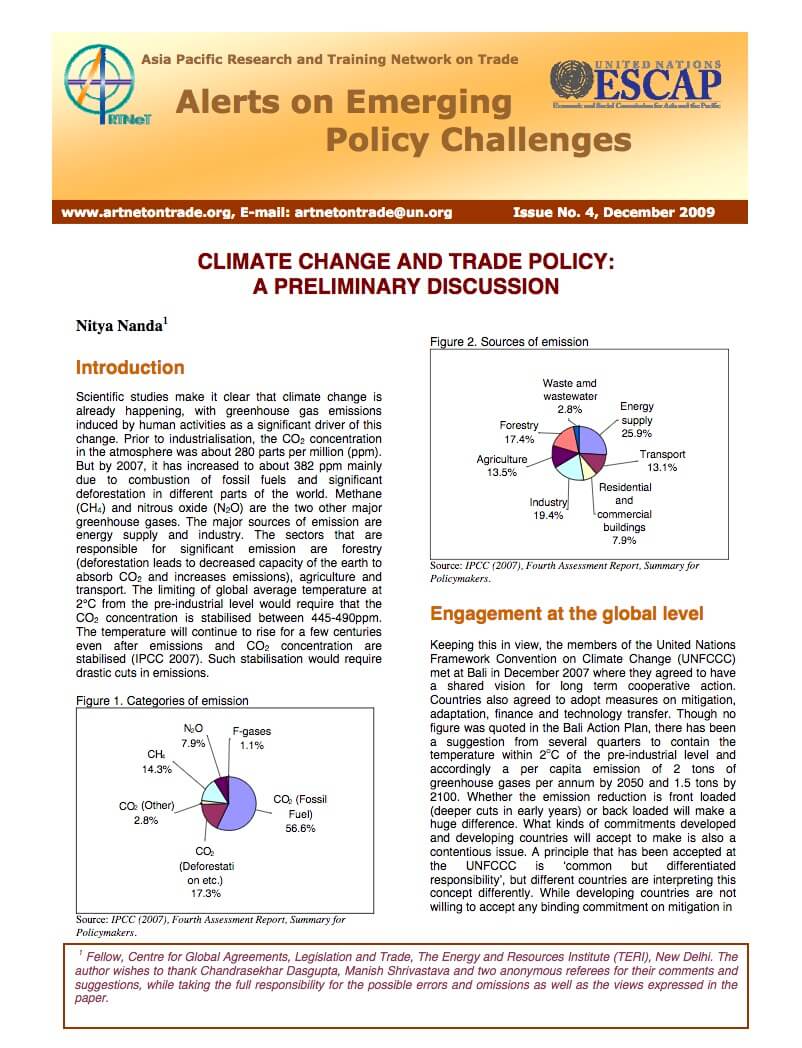Carbon Standards and Carbon Labelling: An Emerging Trade Concern
The current debate on climate change and its linkages to trade is rapidly gaining global attention. Thus it is reasonable to expect that the focus on carbon leakage and border tax adjustment will only intensify in the future. Carbon leakage is said to happen when production of carbon intensive products migrates from countries which have measures to reduce emissions to countries where there are no such measures. Therefore, border tax adjustment is suggested when carbon intensive products are imported from countries with no carbon emission regulation so that carbon leakage can be controlled.

